Island in the Sun
Large puffs of white moving casually with the trade windshighlighted the bright blue November sky over Oranje Bay. Isaiah Robinson,captain of the 14-gun brig Andrea Doria, put his spyglass to his eye.Ahead were the twin peaks with verdant sides that rose rapidly from the sandyshore, on which stood the Dutch trading port city of Oranjestad. He shifted hisglass to the large stone fort that sat astride the bluffs overlooking the fortand anchorage that was his destination.
“How will they receive us, sir?” asked a young midshipmanstanding at his side. The United States declared independence from Britainearlier that summer but had not received diplomatic recognition.
“We shall know soon enough, Mister Sewall,” repliedRobinson.
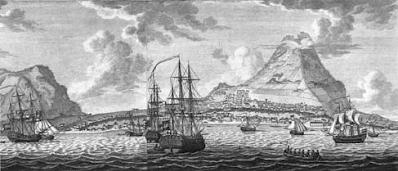 Entering the Harbor at Sint Eustatius
Entering the Harbor at Sint EustatiusThe First Salute
The Andrea Doria sailed briskly and then lazilytoward the harbor, cluttered with trading ships throughout the New World andEurope. Sint Eustatius, part of the Dutch Antilles, was a duty-free port that,since its occupation by the Dutch West Indies Trading Company in the early 17thcentury, was a hub for maritime trade—both legal and illicit. Tobacco, rice,cotton, and rum passed through her, as she was the hub of a global supply chainthat served two hemispheres. But the port was sadly the transit point for theworst kind of trade, human chattel.
Robinson snapped his glass shut and nodded to the GunnersMate. “Fire the salute!”
Thirteen of the fourteen barrels flashed and belchedsmoke—one for each state. Andrea Doria had formally announced her arrival.Robinson wondered, What will be their reply?
From his perch at the fort, the governor of the island,Johannes de Graaf, watched the salvo fired by the brig below. He turned to thebattery commander and doffed his plumed hat. A salvo of eleven guns erupted,belching a cloud of gun smoke above the harbor.
Captain Robinson smiled in satisfaction. “The signal of a returnedsalute is two guns less than the saluted.”
“What does it mean, sir?” asked Sewall.
Robinson did not reply to the young officer but turned tothe entire crew. “The United Netherlands recognizes us as a sovereign nation!”
The crew erupted in a long round of “Huzzahs” as the AndreaDoria made its way to safe harbor.
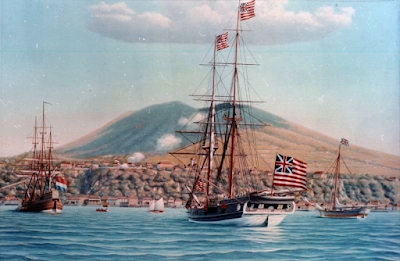 The First Salute - Andrea Doria
The First Salute - Andrea DoriaIsland in the Sun
I slightly changed my promise to dedicate the next feweditions of the Yankee Doodle Spies blog to characters in the series’ nextnovel, The Reluctant Spy. Instead, we will profile a place thatplays a significant role in the unfolding of this adventure tale. This uniqueplace is an island set in the West Indies. An island that played an essentialpart throughout the American Revolution and an important part in the fifth bookin the Yankee Doodle Spies series, The Cavalier Spy. And as those whoread it are aware—this island is Sint (Saint) Eustatius, sometimescalled Statia.
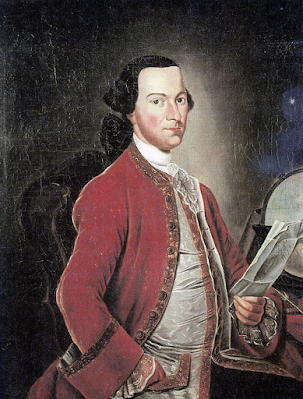 Governor Johannes de Graaf
Governor Johannes de GraafRevolutionary Role
Sint Eustatius’s role in the American struggle forindependence did not end with that “first salute.” In fact, Governor de Graafwelcomed the crew, and Robinson provided him a copy of the Declaration ofIndependence and a letter written in Hebrew, destined for the Jewish merchantsin the Netherlands. Sint Eustatius had many Jewish settlers who helped make theisland the trading and banking hub that connected the Old World with the New.
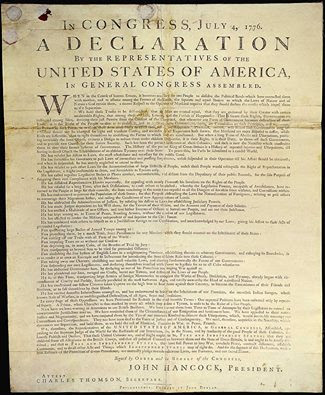 The Declaration of Independence
The Declaration of Independence
When Robinson and his crew took to shore, they found athriving port town with hundreds of storehouses, shops, inns, taverns, and bordellos.The storehouses were jammed with goods from the region’s islands – coffee,cocoa, and rice plus rice, tobacco, and wood from North America and finishedproducts from Europe. The bay was jammed with ships from every corner of theworld, waiting to unload or take cargo on board. The little island, a “duty-free”port, was as busy as Amsterdam’s, taking in 3,000 ships a year.
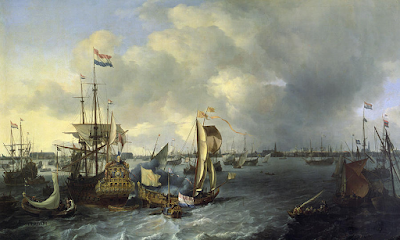 Port of Amsterdam
Port of AmsterdamThe Jewish Community
The large Jewish population was the lifeblood of the island’s prosperity. In the early 18th century, Sephardic Jews immigrated to Sint Eustatius from the Netherlands, bringing entrepreneurial skills and talent and establishing financial relations with their brethren in Europe and elsewhere. The population eventually comprised one-tenth of the island. These tradesmen became prosperous enough to build the largest synagogue in the New World, Honen Dalim. Stone bricks were brought in from Europe to build the massive structure.
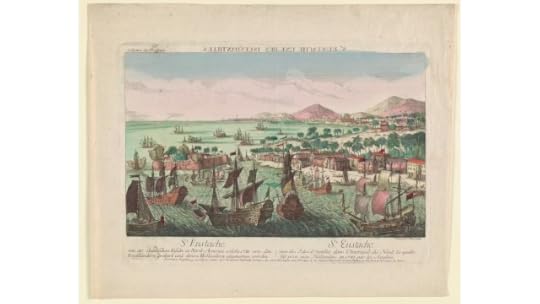 Many Trading Houses Jewish Owned
Many Trading Houses Jewish Owned
Though short on natural resources, the little island in thesun boasted a global web of traders and maritime concerns. The Jewish settlerson St. Eustatius made up a large proportion of those merchants who were also“illegal” sellers of war materials and supplies to the Americans. Couple thatwith the banking interests in Amsterdam, and you had the makings of a systemthat had some refer to the island as the “Armory of the American Revolution.”
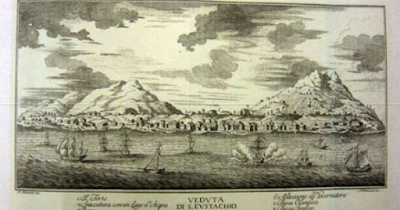 Prosperous Trading Hub
Prosperous Trading HubRobinson would meet with some of the local Jewish businessmen and purchase munitions. This was the beginning of a covert (or not so covert) trade that exchanged American cash crops, such as tobacco, for the necessities of war. This was a crucial pipeline during the early years of the struggle for independence.
Smugglers HubBut the pesky island that flaunted the rules of maritime tradewas in the crosshairs of the empire that policed maritime trade—at leastwherever the navy sailed. However, political and diplomatic niceties preventedthe British government from doing much to stop the clandestine trade thatprovided the American rebels their lifeblood. As long as the Netherlands andFrance were not open allies of America, the better policy was to sendoccasional squadrons to police the waters. But stamping out the nest of smugglersand (to the British) illicit traders) would have to wait.
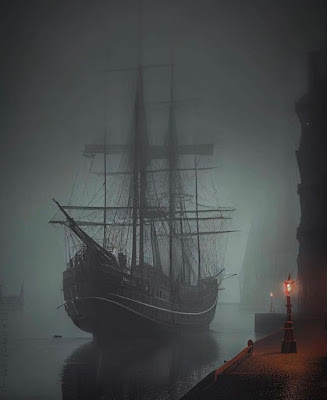 Smugglers Avoided Tariffs - But Also Supplied the American Revolution
Smugglers Avoided Tariffs - But Also Supplied the American Revolution
A few years into the war, London realized that the threatposed by the little island needed addressing. By 1780, the Admiralty felt thetime was ripening for action. France and Spain were in the war, and followingthe revelations captured along with American emissary Henry Laurens, the focushad turned to the West Indies, where the British felt their greater economic interestlay. With the Southern strategy in play, everything lined up for a reckoning.
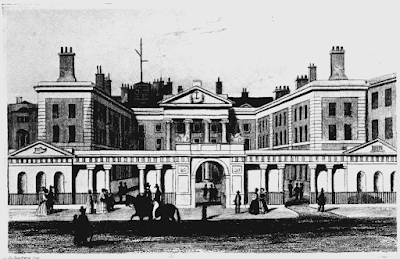 The Admiralty
The AdmiraltySend Rodney
British Admiral George Rodney, a competent and well-thought navalveteran, was given the task. In late 1780, he sailed with a fleet of fifteenships of the line, numerous support ships and transports, and some 3,000 men todeal with the “nest of vipers” once and for all. Arriving at the harbor entrance on 3 February1781, the arrayed ships posed an impressive site. With some 1,000 naval guns, Governorde Graaf could only look down in dismay as he had only a dozen cannons andfifty men. He accepted Rodney’s offer of surrender.
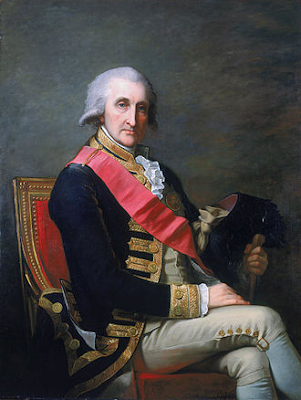 Admiral George Rodney
Admiral George RodneyWorse Than Thought
The British admiral was stunned by the cornucopia ofsupplies and munitions on the island and the number of vessels laden with goodsin the American trade. Beaches were lined with warehouses brimming with goods,primarily sugar and tobacco. Others were crammed with naval stores—the timber, resin,tar, and hemp rope needed for ships. The magnitude of the island's contributionto the American war was further evinced by the number of munitions taken that belongedto the Royal Navy—sold by British merchants on nearby St. Kitts!
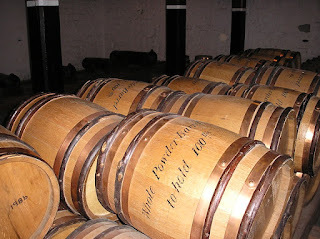 Full Storehouses and Magazines
Full Storehouses and Magazines
Rodney set to work confiscating whatever had value. Withlarge gambling debts, the more he could seize for Britain, the larger his shareof the spoils. The admiral torched, dumped, or looted what he could. The islandwas sacked like a medieval city. His disdain for the Jews was manifest—hebelieved many prosperous merchants were mainly responsible for the support ofthe Americans. In an act reminiscent of later Boer war tactics, Rodney had manyof the island’s prominent Jewish leaders rounded up and packed them off to St.Kitts. While now destitute families watched in horror, he had all their possessionsseized.
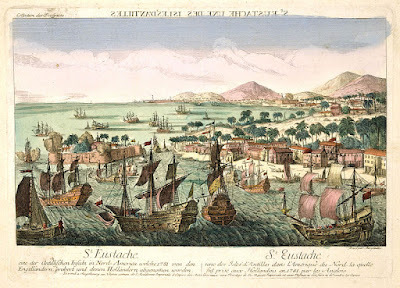 The British Take Sint Eustatius
The British Take Sint Eustatius
Meanwhile, Rodney took his eye off the ball. He violated hisorders to destroy the supplies meant for the American forces and shadow aFrench fleet bound for North America under Rear Admiral Francois Joseph Paul deGrasse. As he tarried on Sint Eustatius to continue his plundering, the Frencharrived in American waters and set sail for the Chesapeake. Rodney sent part ofhis fleet to join Admiral Hood while he, now ailing, sailed for England. DeGrasse and Hood squared off at the Battle of the Chesapeake, where the Frenchdrove off the British. They then bottled British General Charles Cornwallis’sarmy at Yorktown, sealing the fate of Britain in North America.
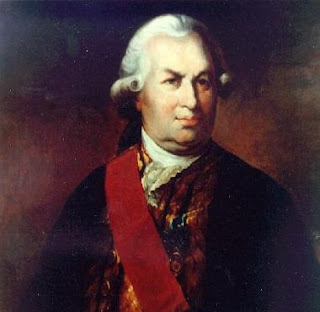 Admiral de Grasse
Admiral de Grasse
The British occupation of Sint Eustatius did not last long. Monthslater, a French fleet recaptured it and was returned to Dutch control in 1784.But the island in the sun was a shell of its former self. Months of destructionand plundering by Hood bankrupted the locals, and the population of around8,000 began to dwindle. With the war over and the former British colonies nowfree to trade at will, its importance dwindled.
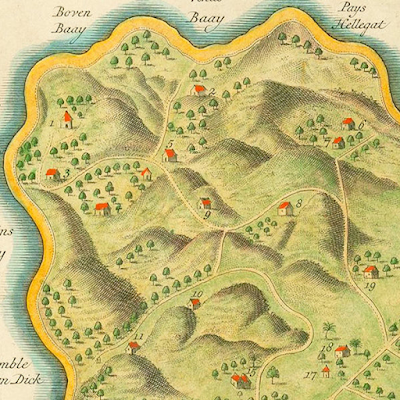 Statius Contemporary Map
Statius Contemporary MapDuring the Napoleonic Wars, the French and British clashedover it (the Netherlands was made a client and then absorbed by France). TheCongress of Vienna returned Sint Eustatius to the Netherlands in 1816. But the“Golden Island” would never be the same as it was during its halcyon days ofthe late 18th century.
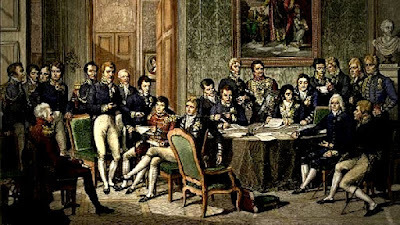 The Congress of Vienna
The Congress of Vienna
The tale of the island in the sun has two “what ifs.”
The first is obvious. What if Rodney had not bent to his avariciousside and followed his orders instead of spending months looting andexpropriating but pivoted toward the French threat after taking the island?Would America’s fate, and that of the world, have gone differently?
The second is more obtuse. But what if the Jewish populationhad been left untouched and not gone into a diaspora? Would their trade andfinance know-how have grown Eustatius an even greater regional magnet for tradeand finance, leading the entire West Indies to prosperity?
Visitors to the island today could scarcely imagine its briefbut essential role in events that shaped the course of history. But the island inthe sun did have its role—and it is one we should never forget.



